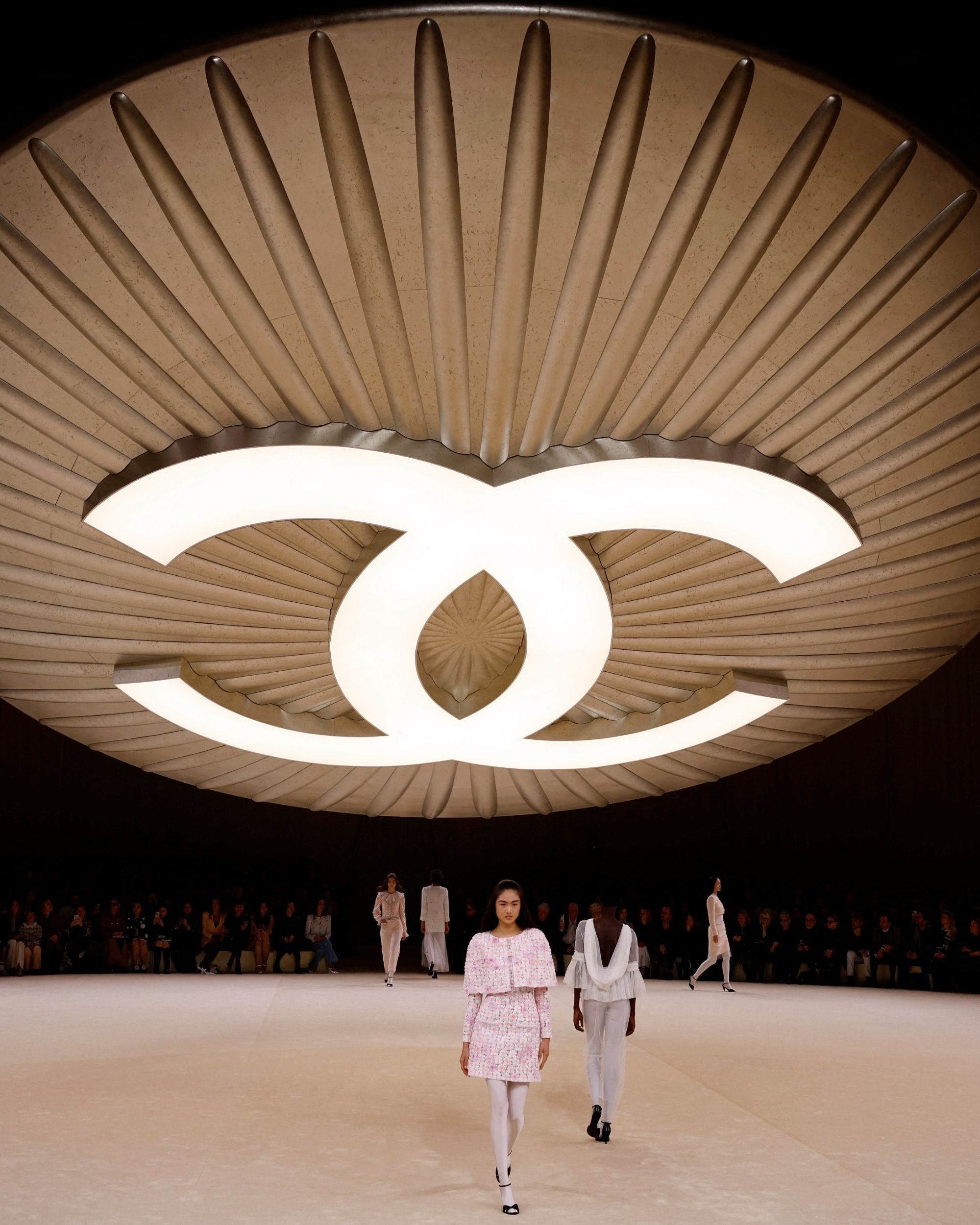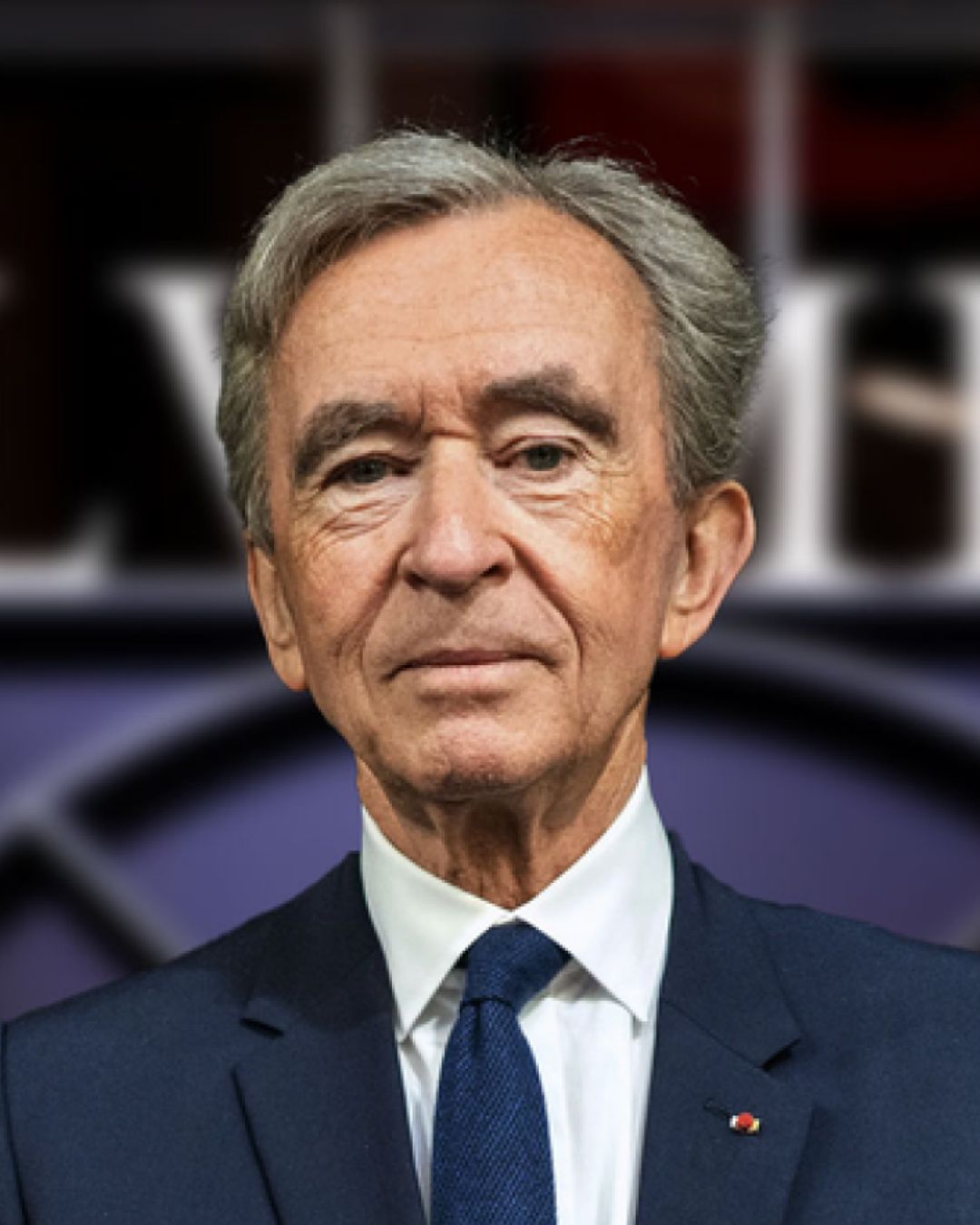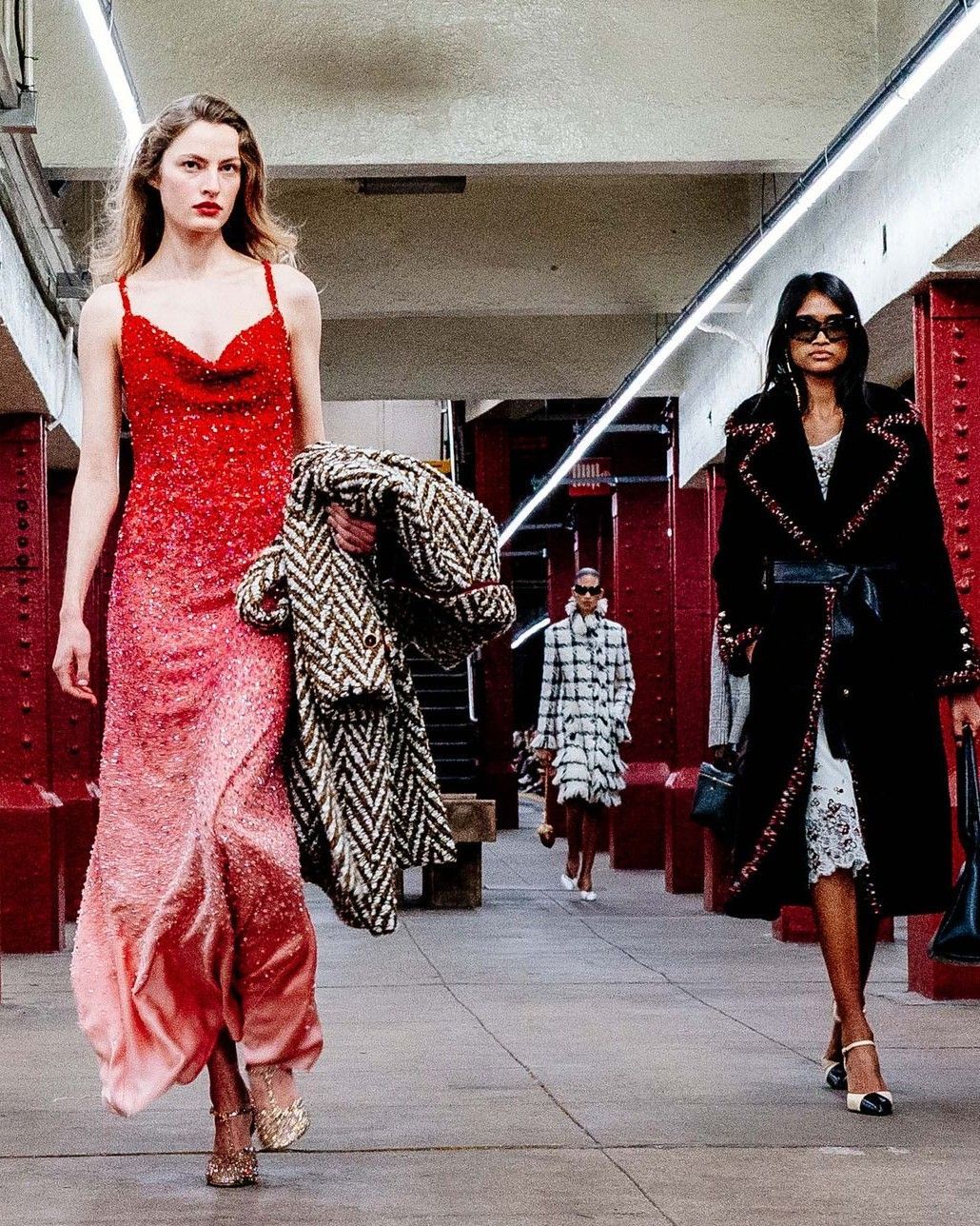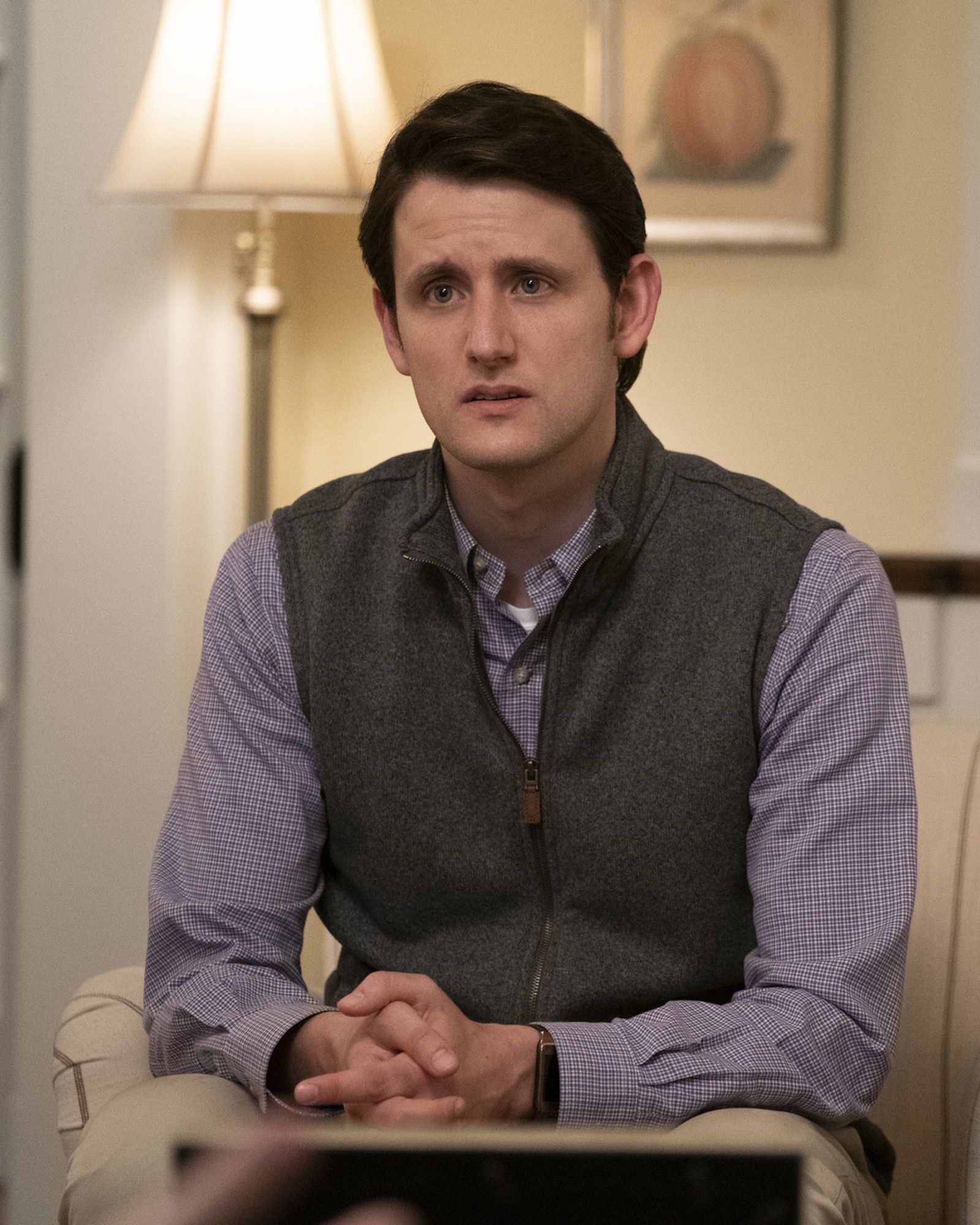
Is the era of the designer-star over? Why the strategy of Chanel and Hermès may soon be setting the standard
Is luxury in crisis? Perhaps other people's luxury is. According to recent financial reports, Chanel had a stellar 2023, with revenues up 16% and operating profits up 11%, reaching a record $19.7 billion in revenue. An impressive growth driven by a mix of price increases and sales volumes, as highlighted by the company's CFO, Philippe Blondiaux. In fact, Chanel's sales were supported by about 9% thanks to price increases, while volume increases contributed the remaining percentage of growth. This growth also came thanks to $1.2 billion in investments in the retail network and customer service, and $2.5 billion invested in marketing, but CEO Leena Nair, as well as Blondiaux, gave a great deal of credit to creative director Virginie Viard. “From a consumer perspective and a brand perspective, Virginie has been a massive contributor,” Nair said. Now, Viard's case is one of those not-too-rare ones in fashion where commercial and critical success travel on separate tracks: during her tenure, the ready-to-wear business has more than doubled, growing 23% last year alone; yet the trade press is very unenthusiastic in reviewing her work. Nevertheless, to quote Logan Roy, “money wins,” and the brand has said it will maintain the current creative direction, denying rumors of Viard's departure. But what is the secret ingredient of this winning strategy, given the lack of enthusiasm from the public and press? In short, in Chanel's strategy, the brand itself is the protagonist while Virginie Viard plays the role (pardon the expression) of "great helmsman" without being the star.
@bonnymariotti Così, tutti i giorni e per tutto il giorno. Ci deve essere una svendita di pagnotta matelasse #chanel #fila #commento #comedy #milano original sound - Benedetta Mariotti
The trend to give designers less relevance than the brands themselves is very unevenly spread in the industry: a possible example could be Nadège Vanhee-Cybulski from Hermès; but those of Brunello Cucinelli and Ralph Lauren might also be valid, as well as those of Moncler, Loro Piana, or The Row. The examples obviously don't end there, and of course, things vary from case to case. One where the creative director is the absolute protagonist, for example, is Celine, whose executives are unhappy with the total dependence on Hedi Slimane that the brand now suffers from. The case of Louis Vuitton is more complex: if Pharrell is the undisputed protagonist in the men's category, in the women's category Ghesquiére is another “helmsman” who, like Viard, creates collections that do not elicit great enthusiasm but was recently reconfirmed in his role for another five years. His job is to keep the navigation as smooth as possible while bags and leather goods rake in money scattered on the seabed. At Margiela, however, Galliano infuses much of himself into the Artisanal shows, but the ready-to-wear collections, as well as perfumes and eyewear and even the MM6 line, do not seem to have much to do with him, following the almost total anonymity set by the founder. The prominence or otherwise of a certain creative director, however, is neither good nor bad in itself: just think of Prada and Miu Miu, or Diesel and Y/Project, Marni and Rick Owens, and a great majority of luxury and non-luxury brands. And this without mentioning how, in all likelihood, Alessandro Michele will be in the spotlight for the new era of Valentino in September, offering us an alternative and nostalgic model compared to the broader market trend. The issue of prominence is relevant regarding executive approach and general mindset: if executives start betting on designers whose image does not overshadow that of the brand in view of their future separation, designers themselves must become replaceable or at least relatively harmless if they decide to leave tomorrow.
Chanel has seen a 16% increase in sales totaling to nearly $20 billion.
— — A. (@alahnawharton) May 21, 2024
Regardless of HF twitter’s opinions regarding Virginie Viard’s reimagining of Chanel, the drive of sales goes to show that these cynics aren’t core consumers of the brand in the first place.
The replaceability of designers or their diminished prominence is not just a depressing commercial logic, but in fact, it is also a corporate best practice, as discussions about succession, renewals, and returns have become increasingly frequent, current, and delicate in recent years. It doesn't help that in recent years (the trend seems to have stopped now) attempts to revive old brands with new designers, often by Asian or Arab investment funds wanting to replicate Arnault's magic formula, have not gone very well, and the luxury landscape is more unstable than ever, which will undoubtedly lead to a high number of managerial changes in the creative sector. It is clear, however, that creative directors are needed, as in addition to determining the brand's aesthetics, they also represent its public face. Nevertheless, too often, we have seen a new designer enter a brand, succeed, and then leave for one reason or another, forcing the brand to undergo a costly and risky rebranding, or to imitate the past's aesthetics, as happened with Vetements which, upon Demna's departure, lost much relevance while continuing to mimic the previous aesthetics, which, however, appeared quite impoverished.
We could certainly say that in recent years the medium-term vision of many CEOs, moving in the quarterly horizon of stock market listings, has elevated the cults of creative directors, only to pull their hair out when the creative director in question, for one reason or another, left. The industry's top managers (they are indeed great helmsmen) may not have considered enough the delicate balance between brand recognition and designer recognition – the former can last for centuries, the latter has a much shorter life. The realization must have come with the shock of Virgil Abloh's death, perhaps the best example of the modern "cult of personality" instituted by large groups, especially since upon the designer's death, colossal statues were erected in the manner of Roman emperors, and his name was literally written in the sky by drones. The same happened with Abloh's other brand, Off-White, which no one now knows what to do with; with Alessandro Michele at Gucci, with Riccardo Tisci at Givenchy, with Tom Ford at his eponymous brand, and, on a smaller scale, with Nicola Brognano at Blumarine.
@lainesreviews a mini chanel cruise 24c collection shopping vlog - do you have anything on your wishlist? #chanel #chanelcruise #chanel24c #chanelbag #chaneladdict #chanelvlog That Couch Potato Again - Prod. By Rose
Each of these designers brought such a personal aesthetic to their respective brands that restarting with a new image and a new creative direction was a sharp, if not violent, U-turn at full speed. So why bet so much on a designer who might leave in six months, three years, a decade? After all, it's not uncommon for less informed luxury clients to be completely unaware of a creative director's identity. It has often been said that many long-standing Chanel clients outside Europe weren't even aware of who Karl Lagerfeld was at the time of his death. In short, the brand must go on, and, to continue with our nautical metaphor, you should never confuse the ship with its captain considering that the latter rarely goes down with it.















































